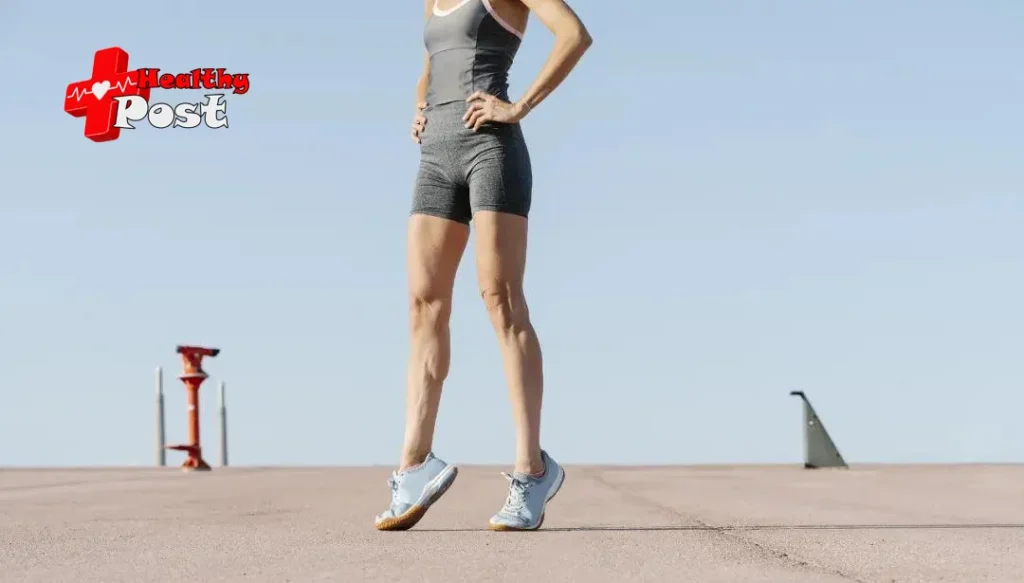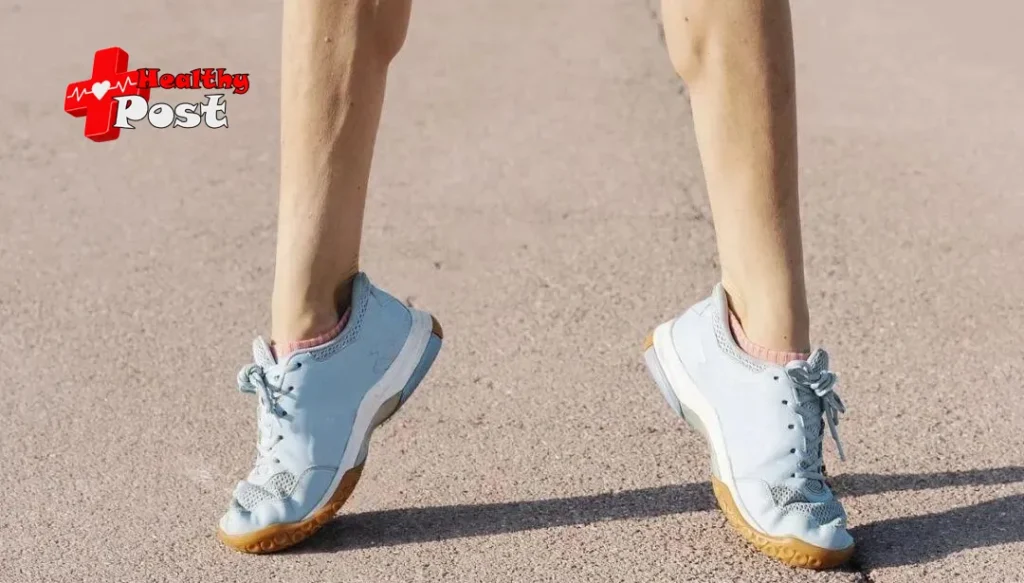
What changes occur in the body of someone who consistently practices tiptoeing every day?
Leg strength directly impacts a person’s health. Tiptoeing, though a small movement, is actually an effective way to strengthen the calves and improve overall health. What changes can you expect from tiptoeing every day?
What are the health benefits of tiptoeing?
Zhu Yuefeng, chief physician of general surgery and vascular surgery at the Sir Run Run Shaw Hospital affiliated with Zhejiang University School of Medicine in China, explained that tiptoeing , also known as calf raises, involves repeatedly raising and lowering the heels by opening and closing the soles of the feet, engaging the calf and ankle tendons. Although the overall range of motion is small, it involves a significant number of muscles, including the arch muscles of the foot and the calf muscles. Regular tiptoeing practice can enhance muscle strength and stability.
Since the feet are far from the heart, when you stand on your tiptoes, the heart increases the blood flow to meet the oxygen and nutrient needs of the muscles. The contraction and relaxation of the foot muscles also indirectly affects the dilation and contraction of veins, thereby helping blood to flow smoothly back to the heart and ensuring smooth oxygen supply and metabolism throughout the body.

Preventing thrombosis and varicose veins
Sustained tiptoeing can improve cardiac endurance and efficiency, promote blood flow throughout the circulatory system, prevent blood vessel blockage, and prevent thrombosis. It can also reduce swelling and edema in the feet, effectively preventing varicose veins in the legs.
Relieve physical fatigue
Although tiptoeing is a simple movement, it engages the muscles in the legs and ankle joints, promoting blood circulation in the legs and preventing conditions such as varicose veins, thrombosis, and atherosclerosis, while also relieving fatigue. Especially when combined with regular breathing while tiptoeing, the body feels lighter and more agile.

Improve posture and improve back
Regularly standing on your tiptoes can improve signs of hunchback and relieve lower back pain.
Prevention of cardiovascular disease
Standing on your tiptoes increases blood flow to your calves and provides your heart muscle with sufficient oxygen, thus exercising your heart. This is an effective way to prevent cardiovascular disease.
Strengthen calf muscles
The calf muscles play an important supporting role in the body. Standing on tiptoe can exercise the calf muscles, foot muscles, and ankle, and enhance the stability of the ankle joint.
Preventing Achilles tendon rupture during exercise
Achilles tendon rupture often occurs when there is insufficient warm-up before exercise or when the exercise posture is incorrect. Jumping and spiking movements are particularly prone to causing Achilles tendon rupture. Doing toe raises daily or before exercise can warm up and strengthen the Achilles tendon, reducing the likelihood of rupture.

Practice tiptoeing, and remember these methods.
Standing on tiptoe
Stand upright with your legs naturally positioned and your arms naturally at your sides. Push your heels up forcefully. Simultaneously, your arms can move naturally, for example, palms down, arms extended forward at shoulder height.
Hold this position for as long as possible, then rest for a while before continuing. The total duration should ideally be 10 minutes, and you can do it once a day.
Walking on tiptoe
Walk on your tiptoes. When walking on your tiptoes, you don’t need to raise your arms horizontally. Just put them in whatever position is comfortable for you. Be careful not to walk too fast.
Lying flat with legs flexed
When lying flat and flexing your toes, keep your legs together and straight, and flex and release your toes. You can do this with both legs at the same time or practice with one leg at a time. After exercising, it is recommended to massage your calves to prevent them from becoming bulky.

One thought on “What changes occur in the body of someone who consistently practices tiptoeing every day?”